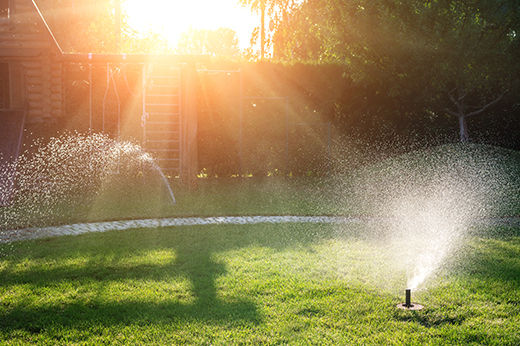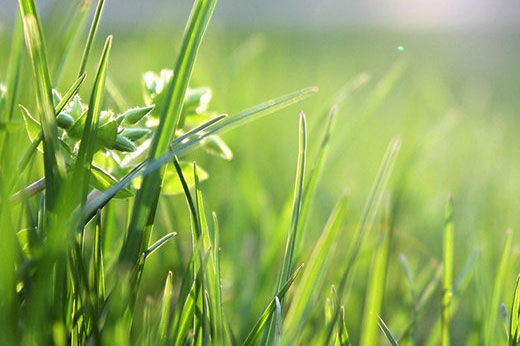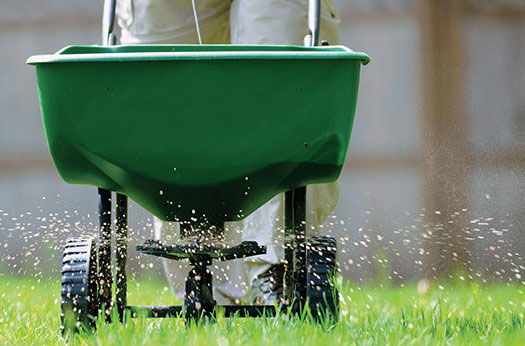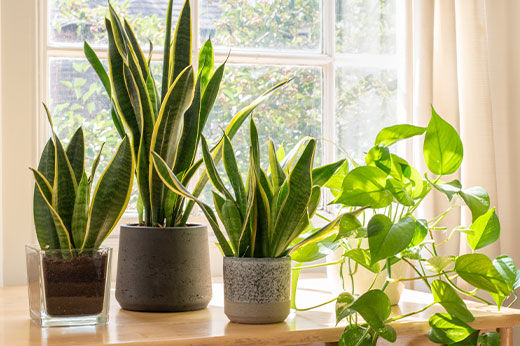While do-it-yourself projects can be fun and fulfilling, there is always a potential for personal injury or property damage. We strongly suggest that any project beyond your abilities be left to licensed professionals such as electricians, plumbers, and carpenters. Any action you take upon the information on this website is strictly at your own risk, and we assume no responsibility or liability for the contents of this article.
How and Where to Use Compost Around Your Home
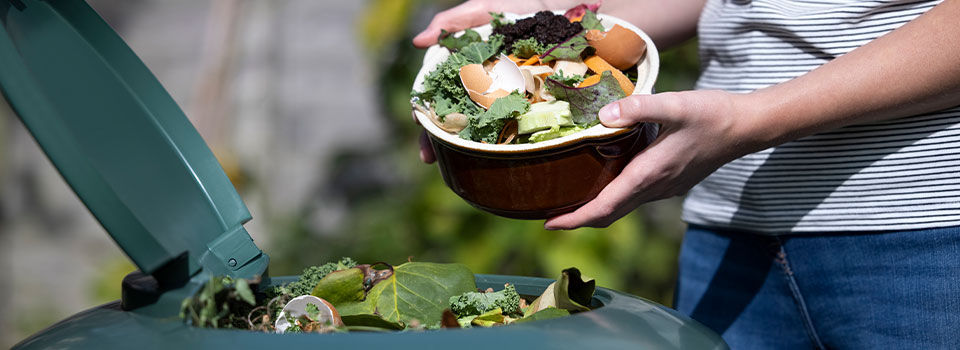
Compost is the secret to closing the recycling loop and getting greener gardens and landscaping features. By reusing food waste, paper products, and other natural materials, this so-called “black gold” is the secret of many widely touted specialty gardening systems. No matter what you prefer to grow or how you choose to grow it, there’s a way to use compost to improve it. You can even try making your own compost to save money and reduce how much waste goes into your trash can at home.
What Is Compost?

Any bits of organic material like food waste, hair, paper, cardboard, green trimmings from the yard, and even coffee grounds break down into a decomposed material known as compost. This is a catch-all term for important organic material that the soil needs as a source of nutrients. Not only can compost return nutrients to the soil so that it doesn’t become depleted, but it also helps to hold moisture in the soil. If you’ve ever tried to keep sandy or rocky soil watered, you’ve likely noticed how the lack of organic material causes it to dry out quickly.
Benefits of Using Compost

Compost is easier to make than forest products like loam since it’s created by breaking down waste, so it’s better to add to most gardens than peat moss or other products that come from natural environments. Turning yard waste and old food into compost also keeps it out of the landfills and ensures it returns to the soil instead. For you as the homeowner, you’ll enjoy a slow breakdown of nutrients that do not risk damage to your landscape like chemical fertilizers can cause. It’s also affordable compared to many other soil-improving products, especially if you have a local source of free or discounted municipal compost.
How to Improve Soil with Compost
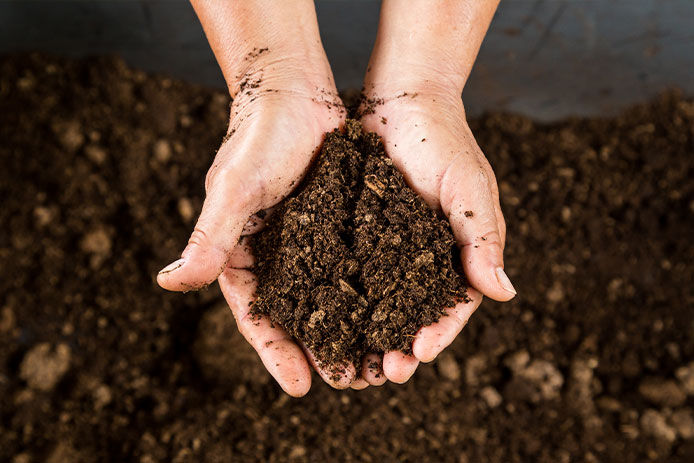
The primary use for aged compost is to improve topsoil quality. The topsoil around your home is the top two to three inches of soil, and it’s where your lawn and other shallow-rooted plants do the majority of their growing. Yet the health of the topsoil affects all plants, even trees with much deeper roots. Tilling or raking in a few cubic yards of rich compost can improve the drainage, texture, nutrient profile, pH balance, and overall health of any part of the landscape. To make the most of smaller amounts of compost, dig holes where you want to plant bushes or perennial bulbs and mix in a few shovelfuls of the material with the native soil.
Compost as Mulch and to Improve Raised Beds

While mixing compost into the soil or potting mix is the primary way to use it, it’s also a useful surface amendment in place of mulch. This is a process known as top-dressing. Since compost generally has a known fertilizer value, applying it around the base of a plant, shrub, or tree can slowly release nutrients to the roots. Using compost as a mulch also helps hold water around a plant’s roots and reduces soil temperature in the height of summer. Use a layer of compost at least two to three inches thick so that it doesn’t wash or blow away. When changing out the soil in a raised bed or flowerbed, make sure to include plenty of compost for a loose, well-draining texture and good nutrient balance.
Using Compost in Potted Plants Without Issues

While compost is usually used outdoors due to its potential to smell or attract insects, it can be used in small amounts in potted plant mixes. Make sure to only use well-aged materials and consider sifting it yourself to remove any remaining debris that’s not fully broken down. Stick to mixes where compost is less than 10% of the total formula, and you shouldn’t see any issues with fungi or pests in the plant pots from this particular ingredient.
Making Compost at Home
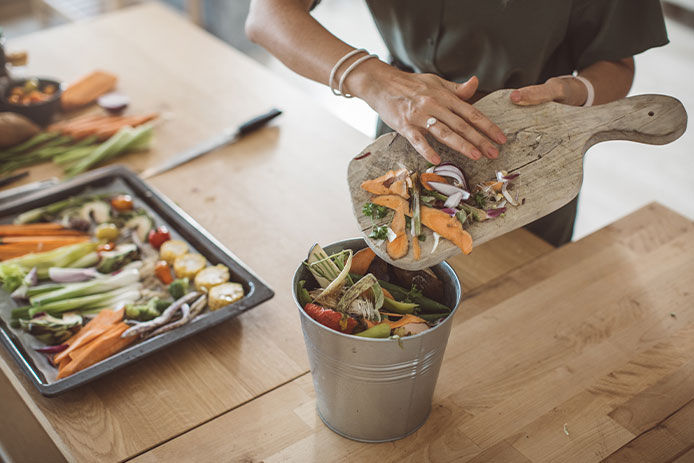
Making your own compost can use up your yard waste and kitchen scraps, but it requires carefully balancing the two categories of materials known as greens and browns. Brown materials are dry, mostly high in carbon and low in nitrogen, which accelerates breakdown. Some examples are:
- Paper free from glossy coatings or heavy metal-based inks
- Uncoated cardboard
- Dry fall leaves (gathered any time of year)
- Chipped twigs, branches, and tree bark
- Wood shavings, chips, and sawdust
- Pine needles
- Human and pet hair
- Hay and straw, even if moldy or rotten
- Cotton fibers and other natural fabrics with no polyester or spandex content
You want about three to four times as much of these brown materials as the following green materials. Many people end up with a 50/50 mix, which doesn’t break down as well and tends to lead to odors and animal issues. Make sure only 1/4th of the pile is composed of green materials like:
- Vegetable and fruits scraps from the kitchen
- Other food scraps like bread ends, eggshells, and coffee grounds
- Weeds that aren’t full of seeds yet
- Any fresh trimmings from the yard or garden
- Manure from animals like pigs, chickens, horses, cows, goats, and rabbits
- Locally gathered seaweed
- Clippings from lawn trimming
Choosing a Commercial Compost Product

If home composting is a little too much work, commercial compost products are widely available and easy to use. Ask if the compost is tested for pesticide and heavy metal contents. Tested, aged compost is the safest for vegetable gardens and other edible projects. For strictly visual gardens and landscapes, compost testing is slightly less essential. You may want to consider products at least certified against herbicide residues since they can interfere with future growth.
Compost is a valuable gardening product that’s available in many forms today. Consider a backyard tumbler to start making your own as well.
